our marble
Marble can be defined as a metamorphic limestone. This simply means that once limestone is heated and pressure is applied, the calcite melts forming crystals finalising the marble. This process is called recrystalisation. The two types of marble are calcite and dolomite. The presence of these two substances during plate collision may cause the veins and different patters in the stone.
Abrasion:
Marble is vulnerable to abrasion, due to the nature of the stone not consisting the harden levels of granite and reconstituted stone. However harm can be prevented by the use of cutting boards and similar measures of the sort which most frequently arise from kitchen utensils.
Chemicals:
Chemical damage is frequently caused by the contact of acidic juices such as tomato juice, pineapple juice, lemon juice etc. Acidic attack can also result from certain cleaning liquids. Sealing can reduce the susceptibility from acids, but will not eradicate it entirely.
Stain Resistance:
Marble is stain resistant.

Ocean Green

Tinos Green – Type Two

Russo Lepanto

Russo Alicante

Royal Aphrodisia

Rose Tea

Rosa Portogallo

Rosa Bellisimo
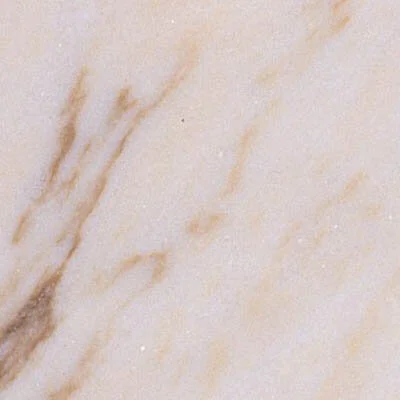
Rosa Aurora

Pietra Grigio

Ocean Green

Gringo Carnico
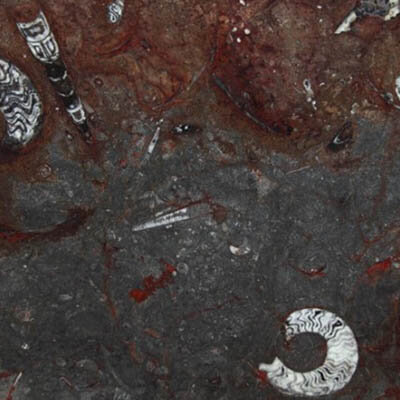
Gran Fossil

Giallo Lavanda

Emperador Dark

Emperador Brown

Crema Marfil

Carrara White
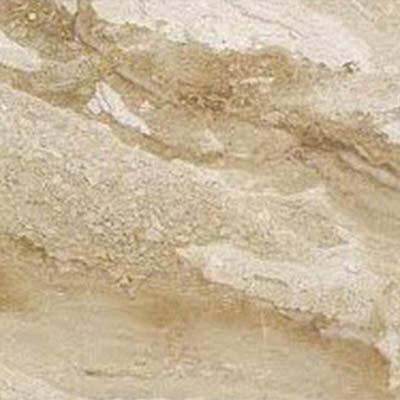
Carnis Beige

Botticino Classico

Black Marquina

Black Afrodite
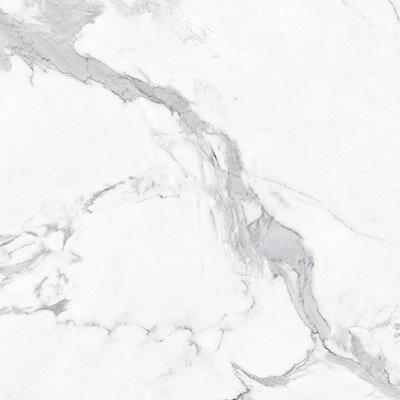
Calacatta

Dolido Premium
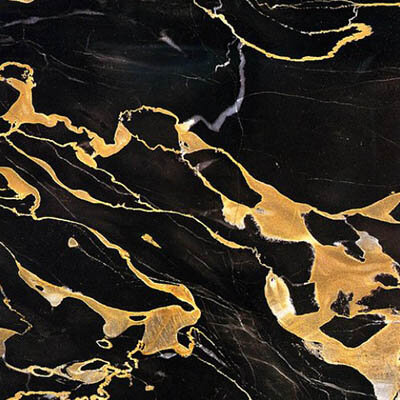
Black Portoro
our Granite
Granite is one of the three types of igneous rock. It is essentially formed from hot, liquefied magma and it’s usually found in the tectonic plates of the earth’s crust. Granite contains many types of minerals in it including quartz, feldspar and hornblende. As the magma cools off, these types of minerals form the crystals that are seen when the granite is cut and polished. The primary chemicals that constitute granite are silicon dioxide and aluminium oxide.
Abrasion:
Granite offers high levels of resistance to abrasion and scratching due to the hardness of the stone.
Chemicals:
Granite is essentially resistant to all chemicals found in the domestic setting, nonetheless there could be minerals in the granite which are susceptible to certain acids.
Stain Resistance:
Granites are less vulnerable to permanent staining compared to other stones due to a very low absorption rate.

Black Galaxy

Black Assoluto

Black Brown Granite

Baltic Green

Antique Brown

Amarello Gold

African Black

Yellow Venezaino

Verde Butterfly

Travertino Classico

Blue Pearl

Titanium
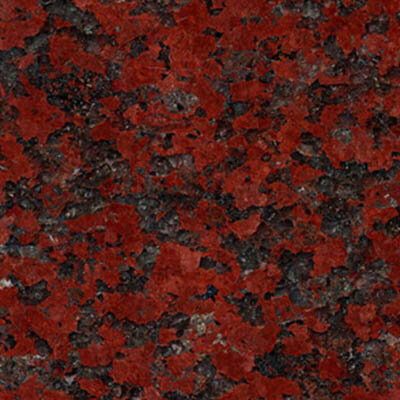
Ruby Red

Sapphire Black

Rosa Porino

Rosa Beta

River White
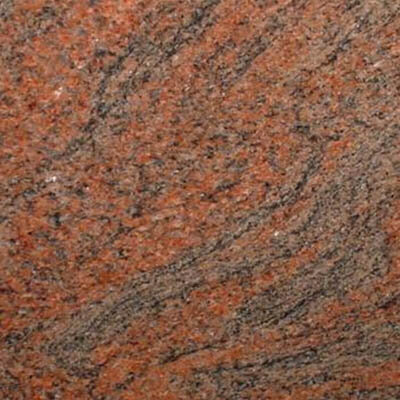
Red Multicolour

New Venetian

Moon White

Kashmir White

Kashmir Gold

Indian Juparana

Imperial White

Green UbaTuba

Green Lavras

Green Fontain
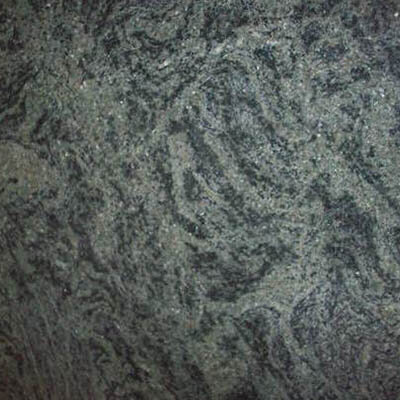
Green Canadis
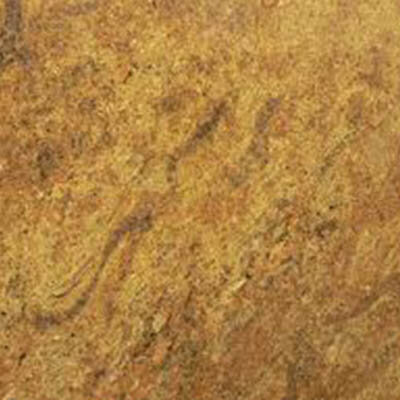
Golden Oak

Crystal White
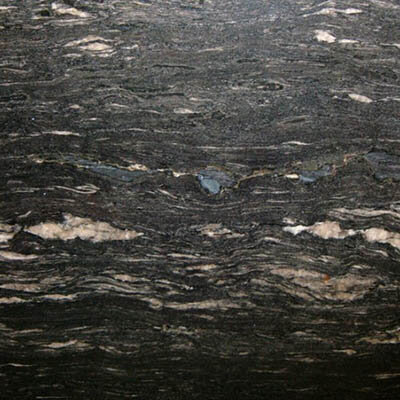
Cosmic Black
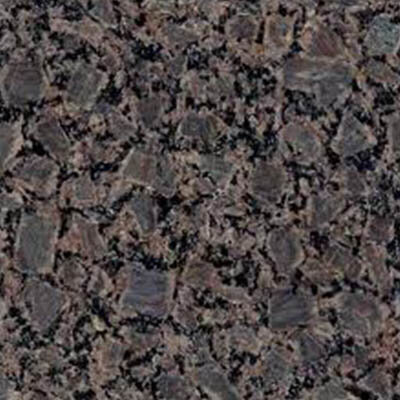
Coffee Bahia
our Onyx
Onyx is considered a calcareous material that consists of many veins running concentrically with each other. The depiction of the stone is mainly dependant on the directional cut. Due to the transparency of the stone, onyx is innovatively backlit in order to accentuate the intensity of its beauty and brilliance.
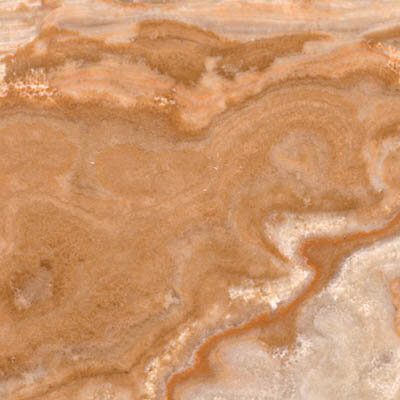
Stalactite Stiata
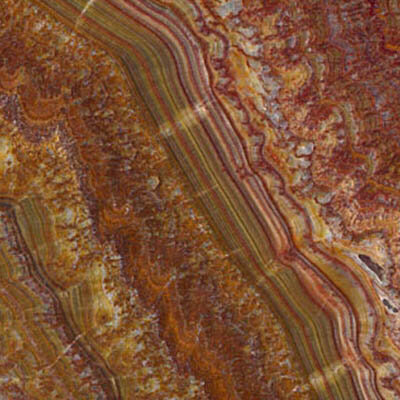
Onyx Red

Onyx Light Green
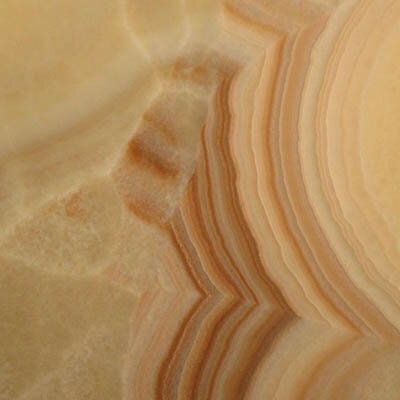
Onyx Honey
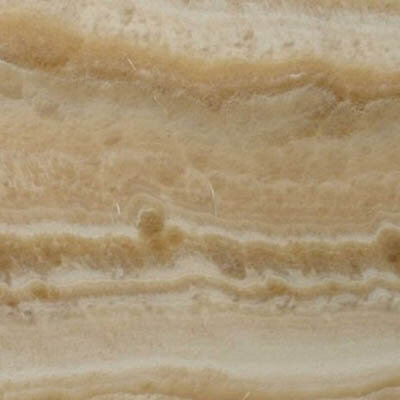
Onyx Cappucino
our Limestone
Limestone is a sedimentary rock compiled mainly by calcium carbonate. Limestones are primarily formed by the consolidation and deposition of the skeletons of marine invertebrates. Textures vary from bold to fine where miniature grains derive from fossil shells.

Mink

Jura Blue Grey
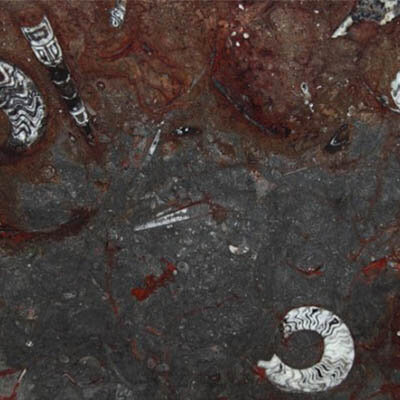
Gran Fossil
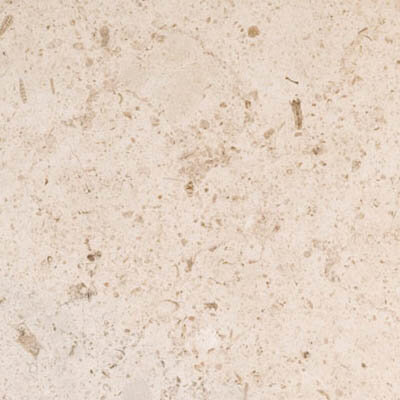
Moleanos
Our Reconstituted stone
Reconstituted stone is a manmade stone created of resin, metals and minerals. The two main elements that constitute the stone are the filler (metals, coloured and natural glass) and the binder (resin). Consistency and uniformity of colour and no veins is ensured in the manufacturing process of the stone, negating the various effects that nature forms as it takes it’s course on natural stones.
Parthenon Marble receives stock from leading suppliers:

Ceasar Stone

Quantum Quartz

Smart Stone

Essa Stone

Stone Italiana

